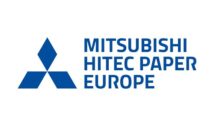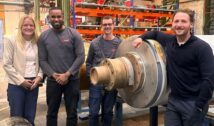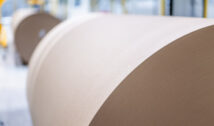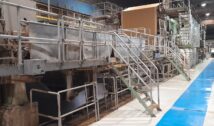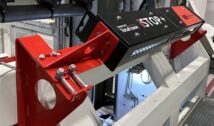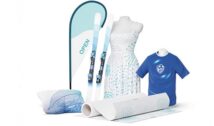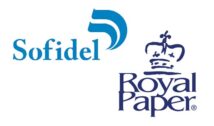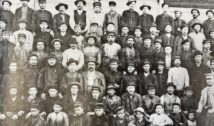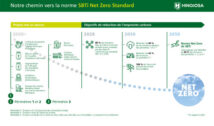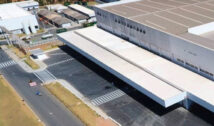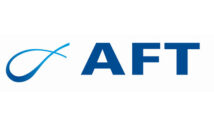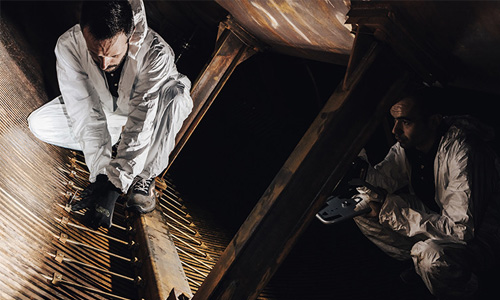
Maintenance managers and supervisors in tissue mills are required to work to budget and cut the costs of maintenance wherever possible. An efficient management of your TT SYD (Steel Yankee Dryer) helps reduce maintenance costs and avoiding the risk of emergency stops.
What to do to reduce the maintenance cost of your TT SYD:
1. PERIODIC STRUCTURAL CHECKS & NDE
Within 2 years after start-up and every 5 years after the first inspection, you should perform structural checks and NDE of the structural welds and connecting bolts of your Yankee, according the following Non Destructive Examination (NDE) methods: Magnetic Particle Inspection (MPI), single beam Ultrasonic Testing (UT) and automated ultrasonic testing (Phased Array – PA and Time Of Flight Diffraction – TOFD).
This will ensure compliance with the requirements of your local pressure vessel regulations and insurance.
2. CHECK YOUR SYD INTERNALLY & THE CONDENSATE REMOVAL SYSTEM
Once a year, plan an internal inspection of your TT SYD and its condensate removal system.
Make sure you thoroughly clean the soda straws – one by one, from the bottom of the grooves – and their blocking clips. Check inside the straws if there is any magnetite: its build-up may be a sign of corrosion. This clean up will also ensure a uniform moisture profile on the paper. You should also check the sealing of the condensate removal pipes, to ensure maximum heat transfer efficiency.
3. CHECK THE STEAM & CONDENSATE SYSTEM’S WATER QUALITY The chemical parameters of the boiler’s water circuit and of the Yankee’s condensate must remain within the recommended ranges. This will ensure the smooth operation of the boiler, of the steam and condensate system and of the equipment and machinery integrated in this circuit, including your TT SYD and the instrumentation. You should continuously monitor the key chemical parameters and make periodical tests, to ensure that the water quality is under control. Increase the frequency of the tests if you suspect there is a contamination in the steam and condensate system.
If the water quality is under control, you should see a thin and uniform layer of magnetite (black oxide, Fe3O4) that adheres tightly on the internal surfaces of your TT SYD. This layer creates a barrier to possible corrosion.
4. VISUAL CHECK OF THE METALIZED COATED SURFACE
Perform a visual inspection of the metalized surface on each shutdown of the paper machine. A scratch or localized damage on the metalized coating may significantly affect the runnability of your SYD. In this case, you should consider making a spot repair of the damage. If you see chatter marks, consider checking the doctor blades for vibration, the machine frame for vibration resonance, the chemical coating application and the process parameters in general for large variances from centerlines.
5. MEASURE THE ROUGHNESS OF THE METALIZED COATED SURFACE
Once a year, measure the roughness of the metalized coated surface. This will allow you to better understand the status of the metallization, in terms of chemical coating, blades, etc. If you find an increasing porosity of the metalized coating, consider planning a polishing/grinding job, before it starts affecting paper quality.
6. CHECK THE JOURNALS INSULATING SLEEVES
The insulating sleeves protect the bearings, especially during warm-up of the Yankee. Once a year, check if the insulation sleeves are working properly by using a contact thermometer to measure the temperature of the Yankee journals during production. Once every 5 years, perform a pressure test or dismantle the insulating sleeve pipes (depending on your type of sleeve), in order to verify the conditions and good functioning of the sleeves. Repair or replace any damaged part. It is good practice to replace the gaskets and insulation packing/wrap after 5 years of operation.
7. CHECK THE DECKLE INSULATION
At least once a year, during ordinary maintenance, check the tightening of the SYD deckle insulation screws. This is important to avoid any possible damage due to their fall and passage between the press and the Yankee, and it ensures a safe working area for the operators.
At least once a year, you should also thoroughly clean the deckle insulating panels. If the TT SYD is at room temperature, you may use high-pressure water to do so. This clean up eliminates the
risk of possible damage to the panels and to the components adjacent to the Yankee, due to build-up of fibers and chemicals.
8. CHECK THE DOCTOR BLADES SETTING The doctor blades should be of the right length and mounted cantered in the middle, to make sure that they cover the Yankee’s surface completely during the oscillation of their support. Usually, the rule is LBLADE = LYD – LOSCILLATION. If you use oscillating doctor blade holders, make sure that their movement is smooth and steady. Jerky movements may cause grooves or streaks on the metallization. This will eliminate the risk of damaging the surface of the metalized coating and will increase its lifetime.
9. CHECK THE STEAM ROTARY JOINTS
Check the wear level of the sealing graphite according to the indications of the supplier. If it exceeds the max allowable wear, replace the sealing graphite during machine stop and with the steam rotary joints at room temperature.
10. CHECK THE TIR
Once a year, measure the TIR (Total Indicated Runout) of your TT SYD. Measure the TIR at grinding pressure and with the paper sheet off. You may also do this measurement in cold conditions, to get a rough indication of roundness status of your SYD. A TIR test helps you identifying possible problems and creating a database of reference records.
11. LONG-TERM SHUTDOWN OF TT SYD
In case of long-term shutdown, remove all the condensate inside the Yankee dryer, clean the heads/deckle insulation panels and remember to rotate the Yankee by 90° once every two days.


